-
Popular places to visit
Popular things to do
Helpful tips
Here's a few useful links to help with planning your trip to Aotearoa New Zealand.
-
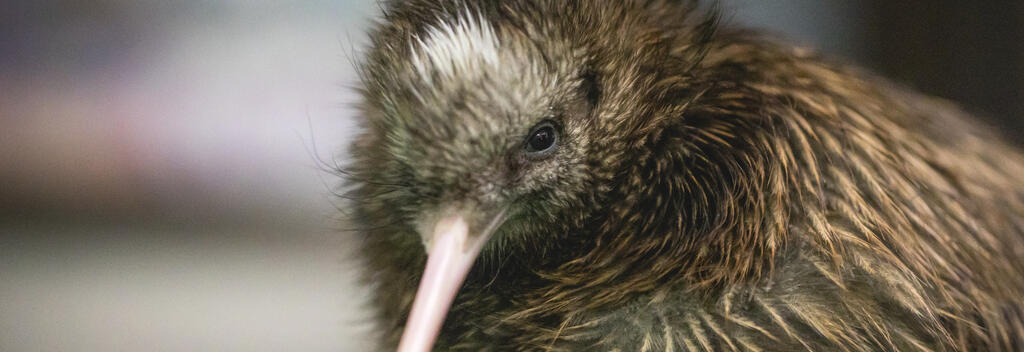

Elusive and perfectly camouflaged, the New Zealand kiwi bird is a challenge to spot in its natural habitat. Here are the top locations to catch a glimpse of this iconic bird.
Spotting a kiwi is an essential New Zealand experience.
New Zealand’s national icon is unique in so many ways. Kiwi lay eggs six times bigger than is normal for a bird of their size. Their nostrils are at the end of their beak so they can sniff out prey under the soil. And they have whiskers.
For a guaranteed sighting, visit one of the country’s excellent conservation centres. But if you opt for a chance encounter in the wild, you can increase the odds by keeping a look out before sunrise and immediately after dawn.
If you do spot a kiwi, please do not interact with it and respect its habitat.
Kiwi can't fly, which makes them vulnerable to attacks from dogs. If you are in an area where kiwi are present, please keep your dog on a lead.
The National Kiwi Hatchery plays a vital role in kiwi conservation, successfully incubating and hatching over 130 chicks annually. Without the hatchery, only about five percent of these kiwi chicks would survive in the wild due to their vulnerability to predators like stoats, cats, and dogs.
Visit the hatchery any time of year to learn about kiwi conservation, husbandry, and chick rearing. But to see kiwi chicks, come during hatching season (September to March).
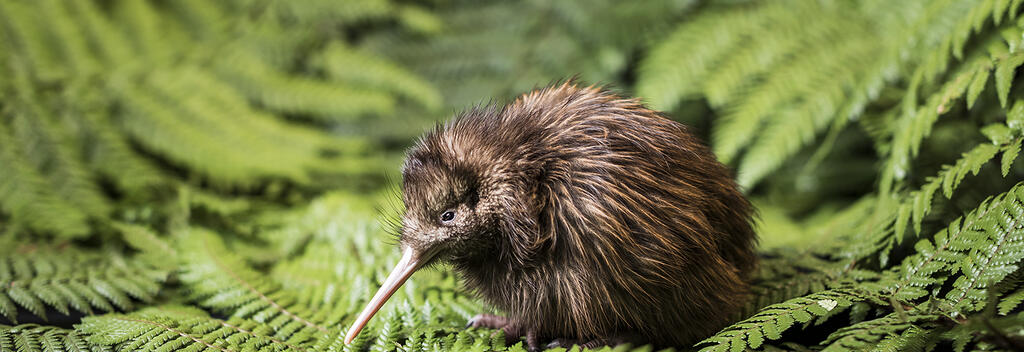

Kāpiti Island is not only one of the nation’s most important sites for bird conservation, but it is also one of the world’s oldest nature reserves, established in 1897. Free from predators, New Zealand’s birds are thriving on Kāpiti Island, including the Little Spotted Kiwi, which is now extinct on the mainland. The best way to see a Little Spotted Kiwi is to book a night’s accommodation on the island and join a guided night tour. If you’re fortunate enough to secure a glamping spot (they’re extremely popular), you’ll hear kiwi call throughout the night and be woken by the best alarm clock in the world: a forest coming to life.
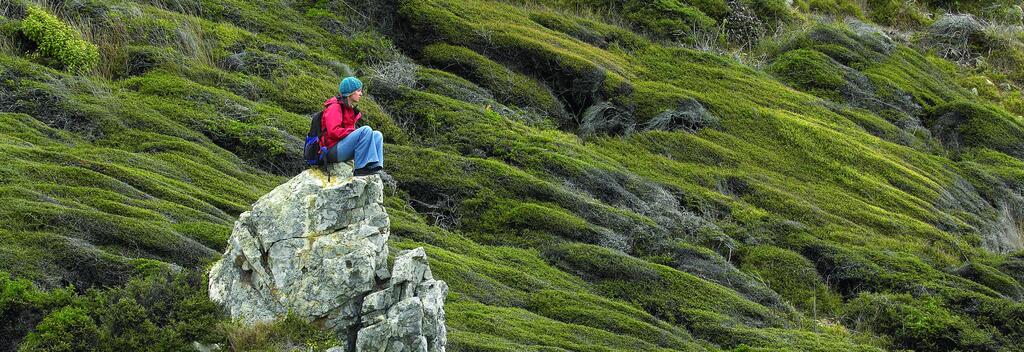

Just a stone’s throw from central Wellington is Zealandia, the world’s first eco-sanctuary, where New Zealand’s native birds thrive in a predator-free urban habitat. The area, roughly the size of Central Park in New York City, is home to more than forty species of native bird – some of which had been extinct on the mainland for over a century. Night tours, conducted by torchlight, are best for spotting nocturnal birds such as kiwi and ruru (owl), along with glow worms and wētā, which are a frightening-looking species of giant cricket. In spring, you may spot a kererū, intoxicated by fermented berries, wobble a bit or even fall from its perch.
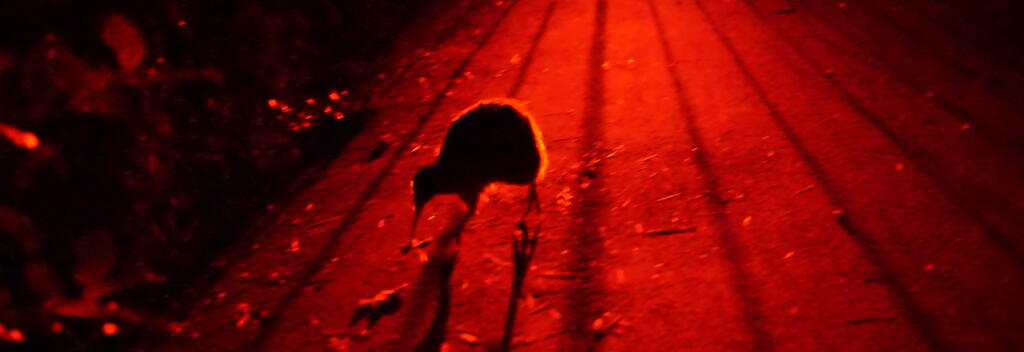

Stewart Island/Rakiura might be the most beautiful, unspoilt island in the country, but the main reason people visit is to see a kiwi in the wild. This shy bird can elude even the most determined birdwatcher, but you can increase your changes by joining a Wild Kiwi Encounter(opens in new window) tour. Expert guides will take you to the best viewing spots for the rare southern brown kiwi, known as tokoeka. As a bonus, you’ll also be introduced to local marine life and plied with more complimentary hot drinks and biscuits than you should probably have.

On Rotoroa Island in the Hauraki Gulf, your best chance of seeing a kiwi chick is when they arrive by boat! At just a few weeks old and weighing the equivalent of a bar of soap, Brown Kiwi chicks are brought to the island to grow up in a predator-free environment. Once they’re big enough to protect themselves, they’re returned to their original habitat. During breeding season (September to March), the public is invited to watch the chicks being offloaded upon arrival. For more information, check out Rotoroa Island’s Facebook page(opens in new window).
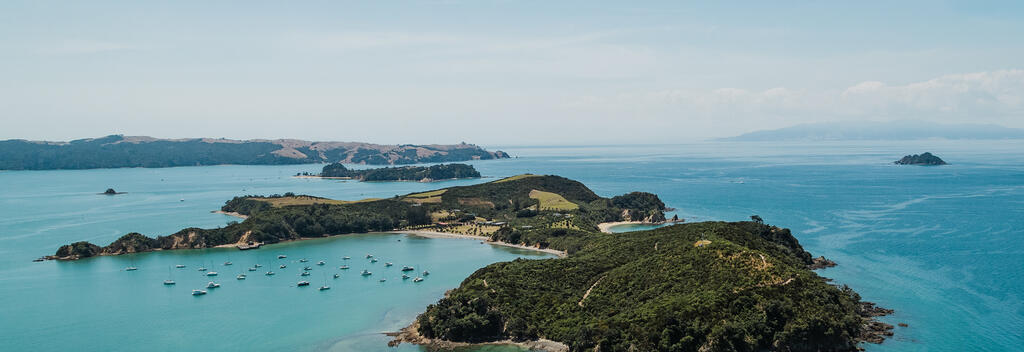

The Ōtorohanga Kiwi House is a must-visit attraction for anyone eager to observe kiwi in their natural environment. Featuring two specialised nocturnal houses with reversed day-night cycles, this unique attraction allows visitors to watch kiwi up close as they forage for insects, bathe in ponds, and dig burrows.
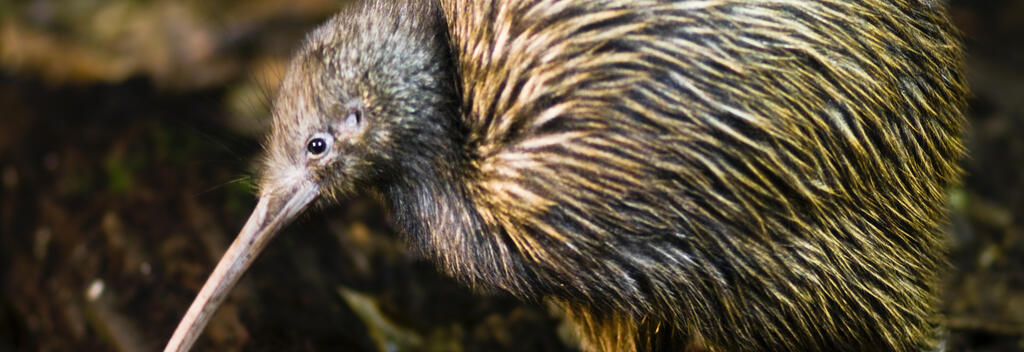

Embark on a nighttime tour at Sanctuary Mountain® Maungatautari to uncover a nocturnal world teeming with activity. Experienced guides will lead you through the forest, revealing the twinkling lights of glow-worms, fearsome-looking wētā (giant crickets) and, of course, the elusive kiwi. The sanctuary boasts one of the largest populations of North Island brown kiwi, numbering in their thousands. During spring and summer, you might also be fortunate enough to spot tiny long-tailed bats or hear the nocturnal calls of kākā.
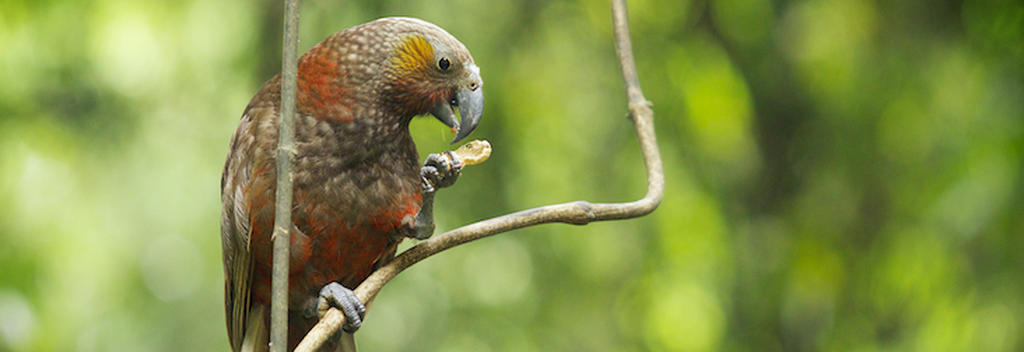

Pūkaha National Wildlife Centre is a renowned conservation and captive breeding facility located in the Tararua district. The centre is dedicated to hatching and raising kiwi chicks until they are ready to be released into the wild. During breeding season, from September to March, visitors can observe these adorable chicks in the nocturnal house.
In addition to kiwi, visitors can join guided tours and educational talks, and spot other rare birds such as the titipounamu (rifleman), kārearea (New Zealand falcon), and kōkako.
Willowbank Wildlife Reserve in Christchurch offers a unique opportunity to see kiwi in a natural environment without glass barriers. This renowned wildlife park is dedicated to the conservation of New Zealand’s native species, including the iconic kiwi. As part of Operation Nest Egg, a national kiwi rearing programme, Willowbank incubates kiwi eggs for four species, the Rowi, Haast tokoeka, Great spotted kiwi, and North Island brown kiwi. Visitors can see these birds from 10.30 am to 5 pm, daily.


At the West Coast Wildlife Centre in Franz Josef, you have a rare opportunity to see New Zealand’s rarest kiwi, the rowi. This award-winning indoor attraction is the largest kiwi incubation and hatching facility in the South Island, credited with ensuring the survival of both the rowi and the endangered Haast tokoeka kiwi. Visitors can explore the nocturnal house to observe these fascinating birds in a habitat that replicates their natural environment. Or join a Backstage Pass Tour, where they can go behind the scenes to learn about kiwi conservation efforts and meet the dedicated staff working to protect them.

We use cookies to provide you with a better experience on this site. Keep browsing if you're happy with this.
We also use cookies to show you the best of New Zealand on other platforms. See our Privacy Policy and Cookie Policy to understand how you can manage cookies.